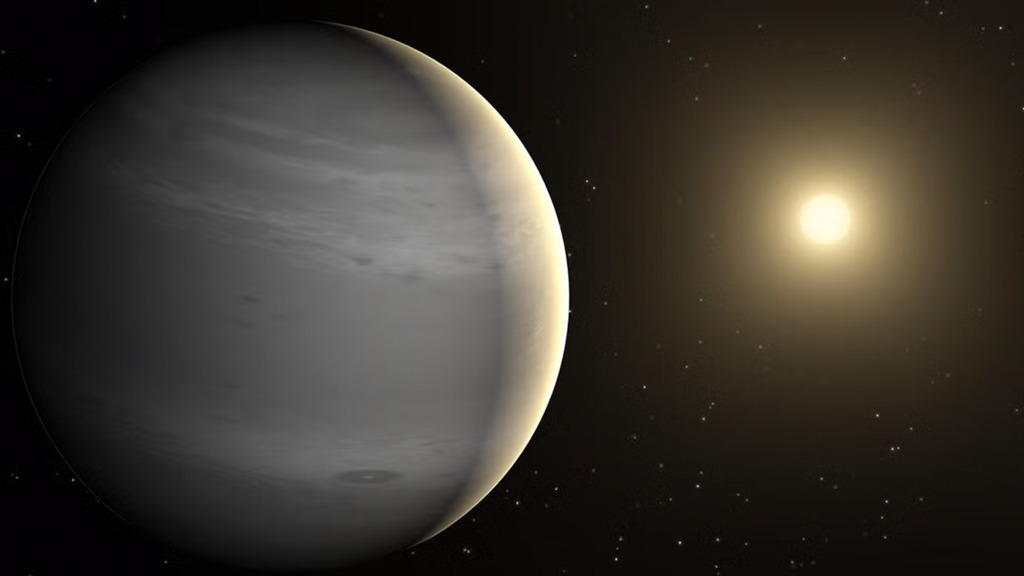Other citizen science groups contributed as well, including the TESS Follow-up Observing Program Sub Group 1 (TFOP SG1) and the TESS Single Transit Planet Candidate (TSTPC) Working Group, making this a truly communal endeavor. Thanks to everyone’s combined efforts, astronomers were able to finally confirm the existence of TOI-4465b.
“The discovery and confirmation of TOI-4465 b not only expands our knowledge of planets in distant star systems but also shows how passionate astronomy enthusiasts can play a direct role in frontier scientific research,” said Dr. Zara Essack, Postdoctoral Fellow at the University of New Mexico and lead author of the study. “It’s a powerful example of citizen science, teamwork, and the importance of global collaboration in astronomy.”
This isn’t the first planet confirmed with help from the SETI & Unistellar Network, which is particularly well-suited for such discoveries.
“Now, people equipped with a digital smart telescope can observe and confirm exoplanets from their backyard, helping NASA map nearby planetary systems discovered by the TESS mission,” said Dr. Franck Marchis, Senior Astronomer at the SETI Institute and Chief Scientific Officer at Unistellar. “The likelihood of TESS observing another transit of a planet like TOI-4465 b, which happens only every 102 days, is low. So the SETI & Unistellar network is essential for these discoveries.”
TOI-4465 b represents an important piece of the planetary puzzle, helping bridge the gap between hot Jupiters that orbit close to their stars and our own Solar System’s cold gas giants. This new world is a “temperate” Jupiter: it shares some orbital properties with warm Jupiters, but its modest orbital eccentricity keeps its temperature relatively mild. TOI-4465 b is the most massive long-period giant known to transit a sub-solar metallicity star and has the largest radius of any known planet with an orbital period exceeding 100 days. As a result, it provides a unique test case for studying gas giants and helps fill gaps in our planetary knowledge.
“It’s really astounding what science can achieve when we work together,” said Dr. Lauren Sgro, Postdoctoral Fellow at the SETI Institute and co-author of the study. “I’m excited to see how future observations of this planet inform our understanding of gas giant formation, and knowing that citizen scientists are part of this process is truly inspiring.”
TOI-4465 b is also well-suited for follow-up studies of its atmosphere with instruments such as the James Webb Space Telescope, so this is only the beginning of its story. Perhaps the next chapter belongs to another new planet, waiting to be explored by professional and citizen astronomers alike.
